In the movies, the word "bully" is embodied by a thuggish boy with greasy hair, bad skin, a dim look in his eyes, lips that curl into a sneer and no parents in sight. His outsized physical attributes allow him to make compelling threats about the harm he just might do to your child -- who must be weaker in status or stature or both. Recognizable on sight, a cinema bully is bad business and everybody knows it.
In real life, your child's tormentor might well sparkle instead of scowl. Abusive behavior can spring from a 6-year-old girl sporting dimples and pink sneakers and a laugh that peals like a church bell. And your child might not flee from her but instead run into her arms for a hug, ready to play, hoping every time that it won't devolve into intimidation and hurt feelings as it so often does.
So what do you call a sunny, pint-sized dispenser of abuse? Dare you say bully? Or do you try to take the edge off with a cutesy term like "frenemy"?
Over the past two years, I've had this conversation with a number of parents who found their children enmeshed in complicated playground relationships with kids whose behaviors subtly (and sometimes unsubtly) cross the line from poor play to power play, inflicting wounds that leave no marks. In every case, as much pain as the "friendship" caused their children, few of these parents wanted to use the word "bully" too quickly. Many acknowledged that they'd hate to carelessly bandy about such a loaded term, especially for children so young.
That reluctance stems in part from the fact that bully is such a buzzword right now. From the"It Gets Better" project to anti-bullying measures being passed in 49 states, the topic has entered our cultural conversation so thoroughly that now there is even a backlash. Some have argued that counting playground dynamics as bullying could make too much out of common childhood behaviors. This logic holds true much of the time, but to apply this notion globally offers an all-too-convenient out for those who prefer to dismiss even clearly harmful behaviors by making the excuse that "girls will be girls" or "boys will be boys."
Those tiny four-word truisms, first used to mask warning signs of real problems, are often re-invoked after the damage is done as a retrospective dodge of blame, the equivalent of a shrug. To fall back on the claim that hurting each other is just what children do, with no degree of distinction between a fleeting fight over the monkey bars and a pattern of unhealthy behavior, allows more children to suffer needlessly at the hands of their peers. It's the lazy parent's twist on the Japanese phrase, shikata ga nai: "It can't be helped."
In fact, it can be helped. But only when we as parents and educators learn to recognize that not all bullies look like Nelson from The Simpsons. It's when bullying defies our stereotypes that we are most likely to miss it and allow it to continue. And that's equally true for parents with children on the receiving and the delivering ends of the equation.
So what qualifies? The most definitive trait of bullying is simply this: A bully repeatedly uses threats to control another child's behavior. And don't be fooled -- those threats can be entirely emotional. If your daughter continually fears being name-called, shamed or yelled at for not complying with her friend's wishes, she is being threatened. If your son is routinely warned that a teacher or parent will be told all manner of bad things about him if doesn't do what another kid wants, he is being threatened. A good threat doesn't require intimation of violence, it only needs to capitalize on one thing a child fears (most often embarrassment, disapproval of adults or loss of a friendship).
Some would say that "real" bullying involves acts which put a child in physical danger. But I'd argue that you don't need a bloody nose to have been bullied: Mental harm is physical harm. Anxiety, fear, anger, shame and sadness (the core feelings of the bullied) exact tolls on the body (from decreased energy to trouble eating or sleeping), which in turn make a child even more vulnerable.
The hardest part for many parents is coming to understand that a bully might be sweet, engaging and loving at times. Damaging behaviors need not be hateful in origin, nor need they be pre-meditated; some bullying is premised on a warped notion of closeness and friendship, manifesting itself in reactionary impulses whenever the notion is defied. A bully can love your child more than any other peer -- and then demolish her self-esteem for that exact reason.
Not surprisingly, a victim of "friendly" bullying may have ambivalent feelings, especially at such a young age. He might both hate the way his friend makes him feel and still want his friend's approval. The joy a child gets from such a friend on the best days makes it harder to understand the abuse that arises on the worst. It's confusing territory for anyone so young.
But for adults, it should be clear: when the B in BFF stands for bully, it is not a "kid thing" you can just ignore. A pattern of threats and control is bullying, and as long you're afraid to say so, you won't be able to effectively work with other parents or educators to break the cycle and free both children from it.